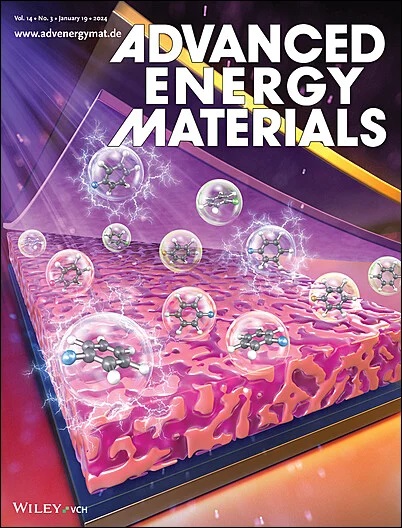Toward Complete CO2 Electroconversion: Status, Challenges, and Perspectives
IF 24.4
1区 材料科学
Q1 CHEMISTRY, PHYSICAL
引用次数: 0
Abstract
Electrocatalytic conversion of carbon dioxide (CO2) into valuable carbon-based fuels and chemicals represents a promising approach to closing the carbon cycle and setting a circular economy. Nevertheless, for current electrocatalytic CO2 reduction reaction (ECO2RR) systems, realizing 100% CO2 conversion with simultaneously high overall CO2 conversion rate (i.e., single-pass conversion) and high Faradaic efficiency (FE) remains a significant challenge. Enhancing CO2 conversion rate often results in a decrease in FE, conversely, improving FE may limit the CO2 conversion rate. Metal–CO2 (M–CO2) batteries with CO2 conversion functions face similar challenges, particularly for reversible M–CO2 batteries, which do not accomplish net CO2 reduction because nearly all of CO2RR products are reoxidized to CO2 during subsequent charging process. Such electrocatalytic CO2 conversion system for carbon neutrality poses substantial challenges. This perspective provides an in-depth analysis of state-of-the-art ECO2RR systems and M–CO2 batteries, alongside the main strategies employed to address their respective challenges. The critical importance of achieving both a high CO2 conversion rate and high Faradaic efficiency is underscored for practical applications and to effectively close the carbon cycle. Furthermore, a strategic roadmap that outlines future research directions is presented, thereby facilitating the advancement of comprehensive CO2 electroconversion technologies.

求助全文
约1分钟内获得全文
求助全文
来源期刊

Advanced Energy Materials
CHEMISTRY, PHYSICAL-ENERGY & FUELS
CiteScore
41.90
自引率
4.00%
发文量
889
审稿时长
1.4 months
期刊介绍:
Established in 2011, Advanced Energy Materials is an international, interdisciplinary, English-language journal that focuses on materials used in energy harvesting, conversion, and storage. It is regarded as a top-quality journal alongside Advanced Materials, Advanced Functional Materials, and Small.
With a 2022 Impact Factor of 27.8, Advanced Energy Materials is considered a prime source for the best energy-related research. The journal covers a wide range of topics in energy-related research, including organic and inorganic photovoltaics, batteries and supercapacitors, fuel cells, hydrogen generation and storage, thermoelectrics, water splitting and photocatalysis, solar fuels and thermosolar power, magnetocalorics, and piezoelectronics.
The readership of Advanced Energy Materials includes materials scientists, chemists, physicists, and engineers in both academia and industry. The journal is indexed in various databases and collections, such as Advanced Technologies & Aerospace Database, FIZ Karlsruhe, INSPEC (IET), Science Citation Index Expanded, Technology Collection, and Web of Science, among others.
 求助内容:
求助内容: 应助结果提醒方式:
应助结果提醒方式:


